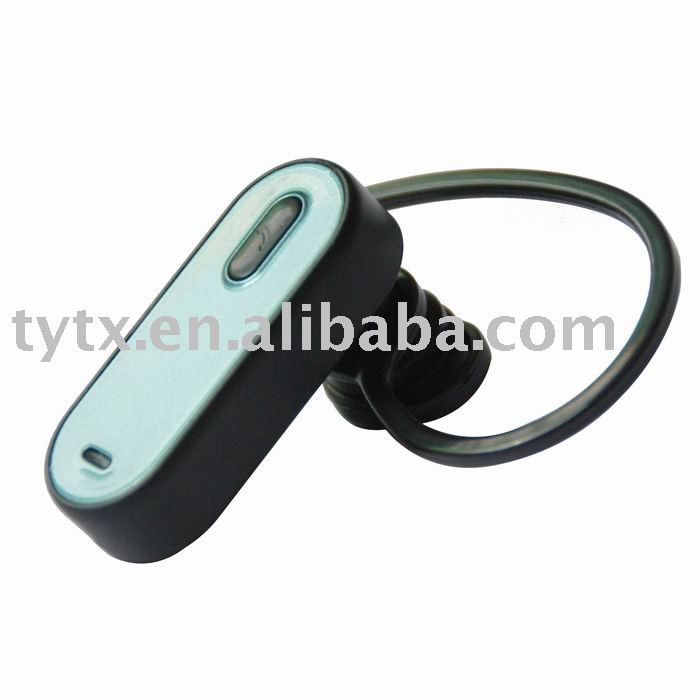Your ads will be inserted here by
Easy Plugin for AdSense.
Please go to the plugin admin page to
Paste your ad code OR
Suppress this ad slot.
Bluetooth technology has been designed for many different purposes and situations. Consequently, when people want to buy a bluetooth ear piece for a specific situation, there are some things that they will need to consider. Specifically, based on their specific situation and circumstances, they will need to review the best style of bluetooth earpiece that is available on the market today. Since there are different styles that have been made for for one or more reasons, it’s important for each individual to do their research to see which style can accommodate their needs. It is also important to note that the kind the person purchases must be comfortable so that they can wear them for an extended period of time and they fit the devices that they will be used for. Listed below are three of the bluetooth styles thatâs currently offered by manufactures all over the United States and abroad.
Bluetooth ear pieces for Mobile Phones
Most people take their mobile phones wherever they go. To work, school, church, parties and all kinds of other events that they may attend. Because these phones have become commonplace in many environments, people have a need to handle them and talk to others when their hands are free. This is also a great reason for individuals who work in certain settings to make sure that they are buying the right style that will best fit their needs.
One specific style that some people may choose is the ear cradle style of headphone. In fact, this kind of bluetooth earpiece is idea for people who want to spend their time working out and performing all kinds of other extracurricular activities. People are also encouraged to buy this kind of style because they may be driving when they receive a telephone call from a family member. Or, they may be working at the job typing a memo or walking around taking care of wide hosts of other kinds of activities that are not conducive to holding a mobile phone by hand to the ear. Whatever the situation, this style of bluetooth earpiece technology is great for many different situations and purposes.

Bluetooth ear pieces and Headsets for Music Lovers
In addition to the cradle style for mobile phones, people should also review other styles as well. One specific style that is also functional in many different settings is the DJ over the head headphones. This style has been designed for the serious music lovers, especially those who can appreciate making distinctions in sounds and beats that come from specific musical instruments like the bass, violin, trumpet and other popular instruments. For those who like and prefer this kind, they will also find that this is one of the best styles for keeping out outside noises that normally interfere with a personâs overall entertainment experience. Also, because they are wireless, they are great for people who like to stay mobile during the day instead of remaining in a sedentary position.
Bluetooth Ear Pieces for IPODs
In some situations, people may want to use bluetooth technology with their IPODs. Therefore, they should consider buying an additional popular style bluetooth earpiece technology. This style is known to be very popular, specifically because it is similar to an actual earbud. An ear bud is also another excellent choice for people who want to remain both active and hassle free. Though this is a great choice for people who like to remain mobile in a wide variety of different situations, one of its main draw backs is that they tend to fall out of the individuals ear. Which means, they can also be lost since it lacks additional support to keep them stabilized inside the ear.






